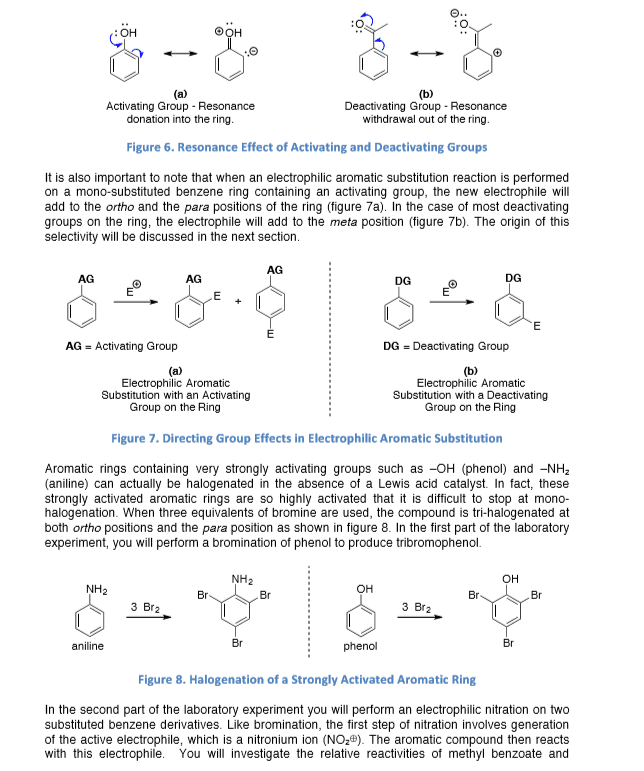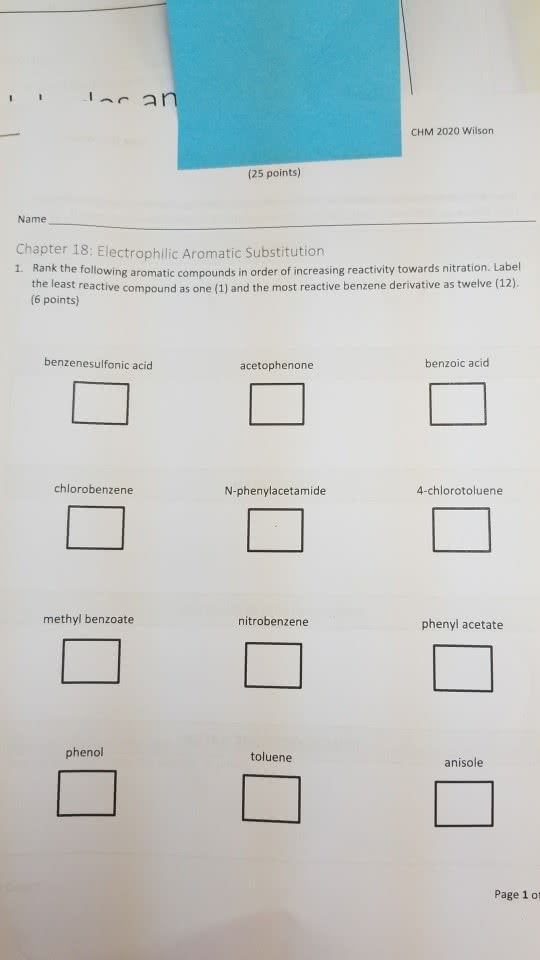mda978949
Md Aftab
2 Followers
1 Following
1 Helped
mda978949Lv4
22 Apr
Answer:Sure, I can help with those organic chemistry questions! Let's break it...
mda978949Lv4
22 Apr
Answer: PhNH3? is more reactive than PhNH2 under bromination conditions. PhNH3...
mda978949Lv4
22 Apr
Answer:PhNH3? is more reactive than PhNH2 under bromination conditions. PhNH3?...
mda978949Lv4
22 Apr
Answer:True. Pure resonance occurs in an undamaged system when the driving fre...
mda978949Lv4
22 Apr
To find the maximum profit, we need to maximize the profit function. The profi...
mda978949Lv4
22 Apr
Answer:paste your script and it will do the rest!Submit your video:• Submit yo...
mda978949Lv4
22 Apr
Answer:To formulate the linear program:Let:𝑥x be the number of units of produc...
mda978949Lv4
22 Apr
Answer:I can't draw images directly, but I can describe the reaction pathways ...
mda978949Lv4
22 Apr
Answer:Sure, let's start by drawing the resonance structures resulting from el...
mda978949Lv4
22 Apr
Answer:The major product of a dehydration reaction would typically be an alken...
mda978949Lv4
22 Apr
Answer:A nitro substituent is a deactivator and a meta-director. Nitro groups ...
mda978949Lv4
22 Apr
Answer:For number 6, 8, 9, and 10:In electrophilic aromatic substitution react...
mda978949Lv4
22 Apr
Answer:The answer is c. anisole.The answer is d. aniline.The correct answer is...
mda978949Lv4
22 Apr
Answer:Sure, here's the order of decreasing reactivity toward electrophilic ar...
mda978949Lv4
22 Apr
Answer:Sure, let's analyze each group:The reactivity in electrophilic aromatic...
mda978949Lv4
22 Apr
Answer:To rank the aromatic compounds in increasing reactivity towards nitrati...
mda978949Lv4
22 Apr
Answer:To rank the compounds in each group based on their reactivity to electr...
mda978949Lv4
22 Apr
Answer: 1 and 2 from haloform
mda978949Lv4
22 Apr
Answer:Infrared spectroscopy can help distinguish between compounds based on d...
mda978949Lv4
22 Apr
Answer:To distinguish between butanal and 2-butanone using infrared (IR) spect...
mda978949Lv4
22 Apr
Answer:Sure! In infrared (IR) spectroscopy, you can distinguish between aromat...
mda978949Lv4
22 Apr
AnSure, I can help with that. In infrared (IR) spectroscopy, functional groups...
mda978949Lv4
22 Apr
Answer:To calculate the solubility of nickel (II) hydroxide (𝑁𝑖(𝑂𝐻)2Ni(OH) 2 ...
mda978949Lv4
20 Apr
Answer:To find the locus of Pareto optimal allocations, we need to find the po...
mda978949Lv4
20 Apr
The correct answers are:Using the convolution sum with a unit step sequence.In...
mda978949Lv4
20 Apr
Answer:To find the Pareto optimal allocations, we need to maximize the worker'...
mda978949Lv4
20 Apr
Answer:To solve this problem, we can use the ideal gas law, 𝑃𝑉=𝑛𝑅𝑇PV=nRT, wher...
mda978949Lv4
20 Apr
Answer:I don't have access to specific reviews or information about specific c...
mda978949Lv4
20 Apr
Answer:I'm sorry, but I don't have access to specific course materials or text...
mda978949Lv4
20 Apr
Answer:False. The method of variation of parameters is used to solve for the p...
mda978949Lv4
20 Apr
Answer:C. price exceeds the minimum of the average total cost.B. setting price...
mda978949Lv4
20 Apr
Answer: ok
mda978949Lv4
20 Apr
Answer:Analyzing genres involves examining the common characteristics, themes,...
mda978949Lv4
20 Apr
Answer:A. False. In a monopolistically competitive market, firms differentiate...
mda978949Lv4
20 Apr
Answer:Of course! Go ahead and list the statements, and I'll help you determin...
mda978949Lv4
20 Apr
Answer:B) FalseFirms in monopolistically competitive markets typically produce...
mda978949Lv4
20 Apr
Answer:In monopolistic competition, firms produce where marginal cost equals m...
mda978949Lv4
20 Apr
Answer: The structure you're referring to is the Leaning Tower of Pisa. It's a...
mda978949Lv4
20 Apr
Answer:profit-maximizing quantity of output be if it operates in a monopolisti...
mda978949Lv4
20 Apr
Answer:To find the output the monopolistic competitor will choose, we need to ...











